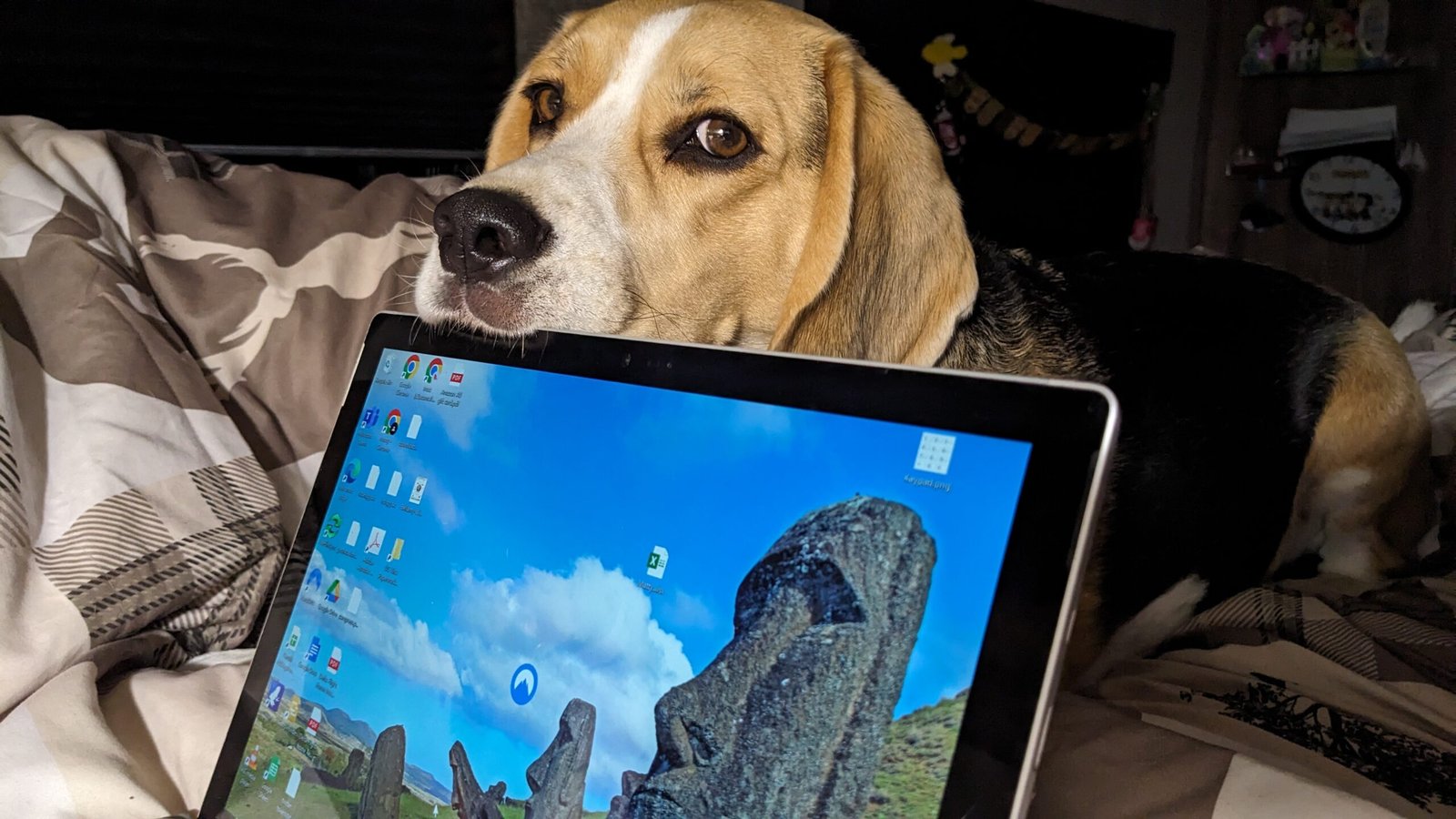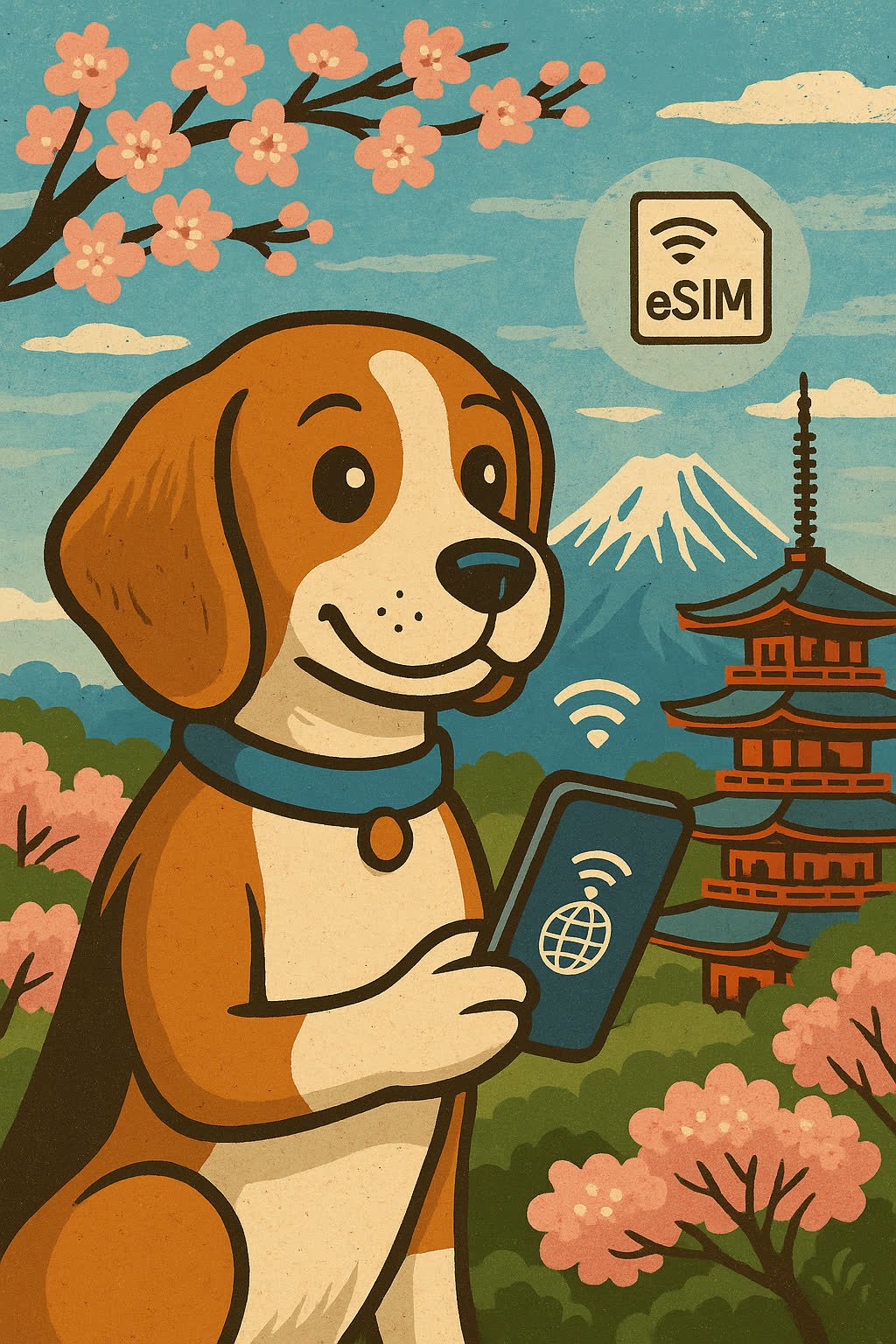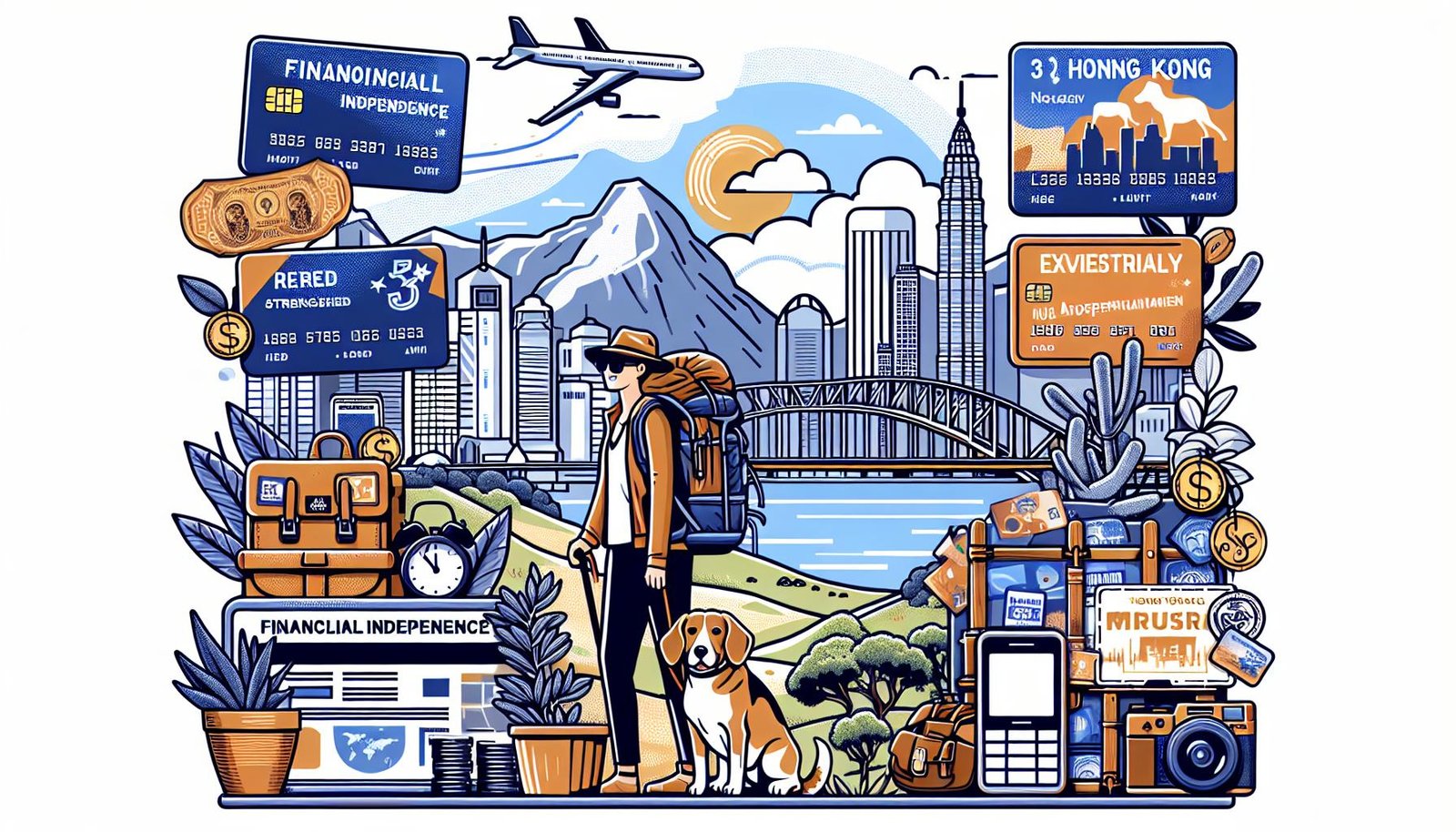We’ve been living the digital nomad lifestyle for a while now—traveling across the U.S., Canada, Europe, and Australia, all while running Kango Anywhere and working remotely. This lifestyle is rewarding, but it requires careful planning and flexibility to make it sustainable. From securing the right visas to ensuring stable Wi-Fi, here are 11 practical tips we’ve learned firsthand that will help you thrive as a digital nomad.
Choose the Right Destination
Not every location is suited for remote work. We’ve had some great experiences, like setting up shop in Portugal’s Algarve region with its digital nomad-friendly vibe and affordable cost of living. On the other hand, places like Switzerland were stunning but far from budget-friendly. When choosing a destination, consider:
- Cost of living: Countries like Mexico, Chile, and Portugal are great for affordability, while places like Canada or Australia can be pricier.
- Internet reliability: eSIMs has been a game-changer for remote work in all areas, but for city stays, we check Nomad List and local forums for Wi-Fi quality.
- Time zones: Working with Australian clients while in the US meant some late nights for us. Think about how your work hours will align with your employer or clients.
- Visa policies: The Schengen Zone was great, but after 90 days, we had to move on. Countries like Malta and Mexico offer long-stay visas for remote workers.
Sort Out Your Visas and Legalities
We’ve experienced the visa shuffle more times than we can count. If you’re serious about the digital nomad lifestyle, research your options:
- Portugal’s Digital Nomad Visa lets you stay up to a year with proof of income.
- Mexico’s Temporary Resident Visa allows stays of up to four years.
- Australia’s Working Holiday Visa is an option for younger travelers looking to work remotely while exploring.
If you’re a Maltese EU passport holder (like we are), mobility in Europe is easier, but tax residency still needs careful management.
Get the Right Insurance
Travel insurance is essential. We’ve used SafetyWing for global health coverage, but for trips where we needed more extensive medical coverage (like in the U.S.), we looked into IMG Global. Some key providers to consider:
- SafetyWing: Affordable and tailored for nomads.
- World Nomads: Good for adventure travelers and those with unpredictable schedules.
- IMG Global: More comprehensive coverage for long-term expats.
Build a Reliable Income Stream
Before hitting the road, we made sure to have stable income sources. Here’s what worked for us:
- Freelance consulting: Engineering projects funded our early travels.
- Affiliate marketing: Our blog, Kango Anywhere, earns revenue through Amazon affiliate links and Google Ads.
- Diversification: Having multiple income sources helps buffer slow months.
Maintain Work-Life Balance
The flexibility of being a digital nomad is great, but it’s easy to blur the lines between work and play. We’ve found that:
- Having a dedicated workspace helps. We’ve worked out of coworking spaces in Guatemala, hotel lounges in Canada, and even the back of our travel trailer.
- Setting boundaries is key. It’s easy to overwork when there’s no office to “leave” at the end of the day.
- Taking downtime is important. Whether it’s hiking in Zion National Park or grabbing a maple bar donut at Safeway, regular breaks keep us sane.
Join Digital Nomad Communities
Being a digital nomad doesn’t mean being isolated. We’ve met some great people through:
- Facebook groups: Digital Nomads Australia, Remote Work & Travel, and location-specific groups.
- Coworking spaces: We enjoyed Basecamp Lisbon and Outpost Bali for their community vibe.
- Meetups: Many cities have digital nomad networking events.
Plan for Connectivity
Reliable internet is crucial for work. Lessons we’ve learned:
- Starlink is a game-changer. We’ve used it in rural parts of Canada and the U.S., where Wi-Fi was otherwise unreliable.
- SIM cards are essential. We used a GiffGaff SIM while in the UK, but it didn’t work in Switzerland. Always check before arriving.
- Coworking spaces are worth it. Some of the best Wi-Fi we’ve had was in coworking hubs, and they often include perks like coffee and networking events.
Manage Finances and Taxes
Handling money on the road can be tricky. Here’s what has worked for us:
- Banking: Wise and Revolut make international transactions easy.
- Taxes: As Australians, we’ve had to carefully manage our tax residency while working remotely.
- Budgeting: Apps like YNAB help track expenses, and earning in AUD while living in cheaper countries stretches our budget further.
Pack Smart and Travel Light
After hauling too much stuff across Europe, we learned to simplify. Must-haves for digital nomads:
- Lightweight laptop: MacBook Air for portability, Dell XPS for Windows users.
- Noise-canceling headphones: Bose or Sony for focus in busy cafés.
- Power adapter: A universal one to avoid surprises.
- Minimalist wardrobe: Merino wool clothing packs small and doesn’t stink.
Stay Safe and Secure
Traveling with our toddler and beagle, Sniffy, means security is always on our minds. Some habits we’ve picked up:
- Using a VPN to secure our data on public Wi-Fi.
- Keeping backups of important files in the cloud.
- Researching local safety before heading to a new city.
Living as digital nomads has been an incredible journey, but it’s not just about hopping from country to country—it’s about creating a sustainable way of working and living. With the right approach, you can make the digital nomad lifestyle work for you.




